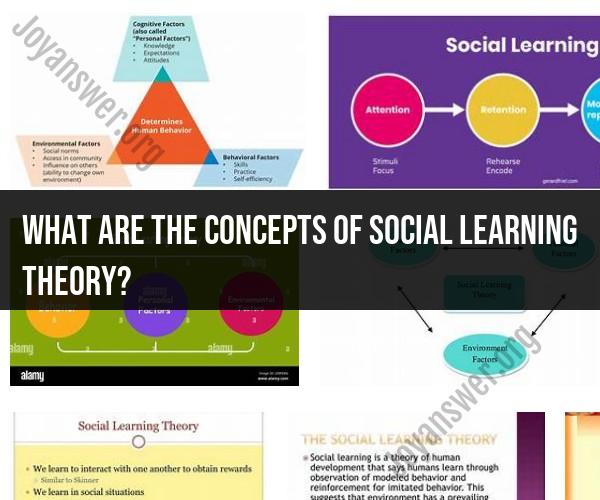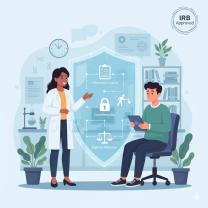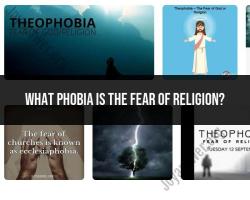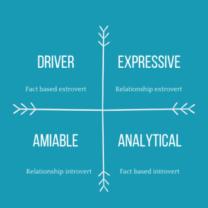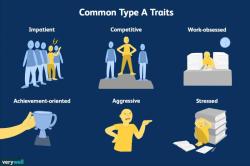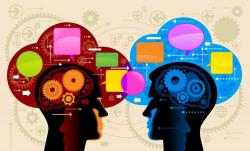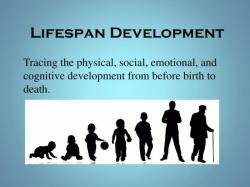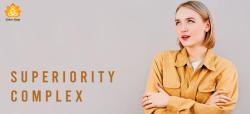What are the concepts of social learning theory?
Social Learning Theory, proposed by Albert Bandura, is a psychological theory that emphasizes the role of observation, modeling, and reinforcement in the development of behaviors and attitudes. The theory suggests that people learn from one another through observation, imitation, and social interaction. Here are some key concepts and examples of Social Learning Theory in everyday life:
Observational Learning: This is the core concept of Social Learning Theory. It involves learning by watching others. For example:
- Children learn how to tie their shoelaces by watching their parents or older siblings do it.
- A new employee in a workplace observes how experienced colleagues handle customer interactions and learns from their behavior.
Modeling: Modeling is the process of imitating or replicating the behavior of others. Examples include:
- A child imitates a parent's gestures, tone of voice, or mannerisms.
- Students observe a teacher's problem-solving approach and apply it to similar problems.
Reinforcement: Social Learning Theory suggests that reinforcement, whether positive or negative, can influence the likelihood of a behavior being repeated. For instance:
- A student who observes classmates being praised for participating in class discussions may be more likely to engage in such discussions.
- An employee who witnesses a colleague receiving a bonus for outstanding performance may strive to achieve similar results.
Vicarious Reinforcement: This concept involves learning from the consequences experienced by others. Examples include:
- A child observing a friend getting scolded for misbehavior may learn not to engage in the same behavior.
- Drivers may adjust their behavior after witnessing another driver receive a traffic ticket for speeding.
Self-Efficacy: Self-efficacy refers to a person's belief in their ability to successfully perform a specific task or achieve a goal. It can be influenced by observing others' successes or failures. For instance:
- A student who witnesses a classmate excel in a challenging subject may develop higher self-efficacy for that subject.
- Employees who see colleagues successfully adapt to new technology may feel more confident in their ability to do the same.
Social Context: Social Learning Theory emphasizes that learning occurs within a social context. People are influenced by the norms, values, and expectations of their social environment. Examples include:
- Children in a classroom learn appropriate behavior through social interactions and observing the teacher's expectations.
- A person's political beliefs and attitudes can be shaped by exposure to political discussions within their social network.
Aggression and Modeling: Social Learning Theory has been applied to understand how aggressive behavior can be learned and perpetuated through observation and reinforcement. For example:
- A child exposed to aggressive behavior in the media may imitate that behavior in their interactions with peers.
- In some cases, exposure to violent role models in the media can contribute to aggressive behavior in individuals.
These concepts of Social Learning Theory demonstrate how people continuously acquire new knowledge, behaviors, and attitudes by observing and interacting with others in their social environment. The theory has broad applications in education, psychology, sociology, and other fields to understand human behavior and learning processes.
